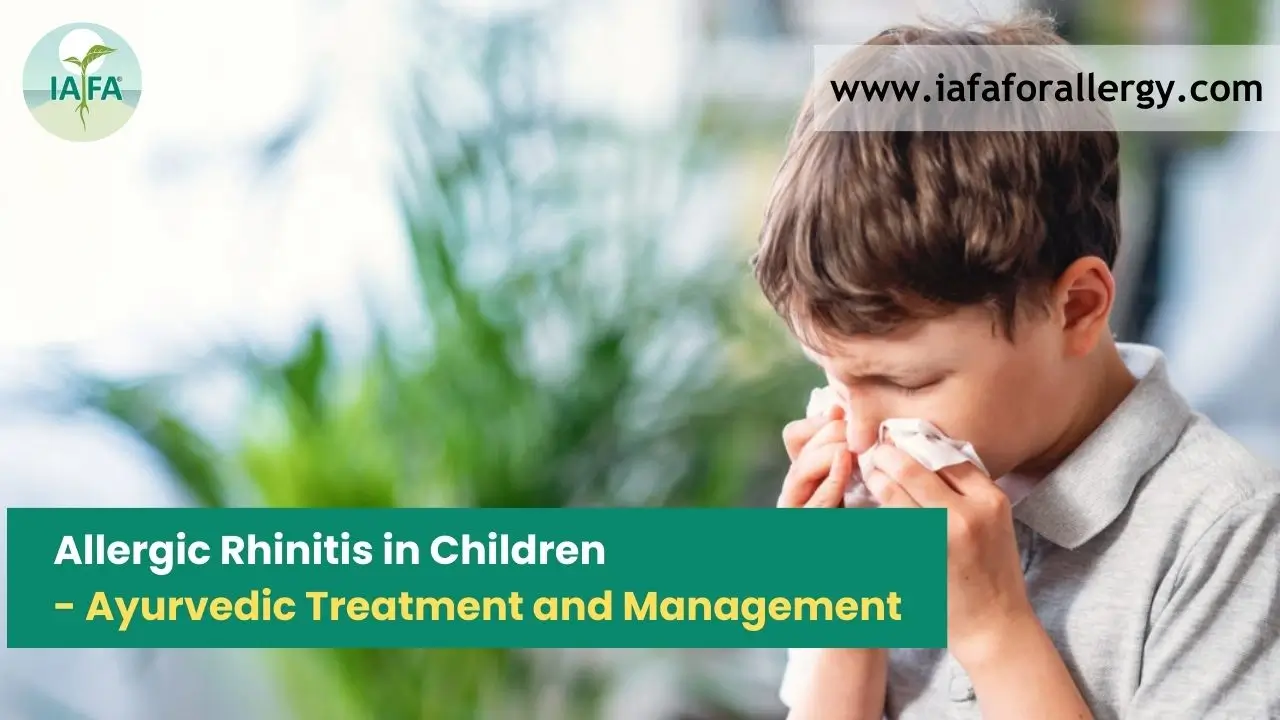We all love to explore winter wear, wearing our favourite sweatshirts and getting warm under the fabric is our routine in winter, agree? But some get allergies when they are exposed to winter wear, this is because of the presence of lanolin and our body considers it as an allergen. Some get runny noses, watery eyes and skin rashes when they are wearing winter fabrics. Let’s get to know wool allergy treatment and happily wear your winter wear.
What are the Causes of Wool Allergy?
- Lanolin can be the reason behind our skin reacting to the fabric. Lanolin is a protective wax layer that is present in every strand of sheep’s hair.
- Coarseness of the fabric. The thicker and larger the fabric, the more the skin rashes. Soft and thin the fabric, less skin rashes can be seen.
- If the detergent used to wash the woollen fabrics contains any toxic chemicals, it can cause skin allergies.
- Excess sweating due to the warmness under the woollen wear.
- Dyes and colourants used to make the winter wear can cause skin irritation.
What are the Symptoms of Wool Allergy?
Wool Allergy comes under the category of contact allergies and the person coming in contact with wool develops allergy symptoms over time. Wool allergy treatment involves treating the symptoms.
- Skin redness
- Rashes
- Skin dryness
- Skin irritation leading to excessive itching
- Tingling sensation on the skin
- Runny nose
- Continuous sneezing
- Eye irritation including redness and itching.
How to Prevent Wool Allergy?
One can prevent wool allergy if proper care is taken. Wool allergy treatment includes the given prevention strategies.
1. Wash Before Wearing
Wash the woollen wear with soft detergents before wearing it. It can help to remove any skin irritants and allergens.
2. Soft Wool Over Coarse Wool
Go for sweaters that are woven with soft and thin fabric rather than coarse fabric. Coarse and thick fabric causes more skin irritation, so kindly avoid it.
3. Layer with Cotton
Layer the sweatshirts with cotton to prevent the skin from direct contact with woollen fabric and also keep the skin breathable.
4. Check Labels
Before buying winter wear, check the labels this time. The clothes with harsh chemicals, dyes, colourants and a mix of synthetic fabrics. Kindly avoid them and go for natural and soft woollen wear.
5. Apply Moisturiser
Always apply hypoallergenic moisturiser to the skin in winter to prevent extreme dryness and irritation. The moisturiser helps keep the skin moist and less irritant from harsh woollen fabrics.
How to Treat Wool Allergy in Ayurveda?
Ayurveda offers a holistic approach to treat Wool Allergy with herbs, herbal medicines, essential herbal oils and ayurvedic procedures.
Herbs to Treat Wool Allergy
Herbs help in relieving symptoms and strengthen the body from the inside protecting it from future allergies. As such herbs don’t cure wool allergy but rather relieve symptoms.
- Ginger
- Ashwagandha
- Garlic
- Turmeric
- Honey
- Nettle
Herbal Medicines to Treat Wool Allergy
Certain herbal medicines help provide relief from nasal congestion, runny nose, eye irritation and skin rashes caused due to wool allergies. These herbal medicines are widely used in wool allergy treatment.
- Haridrakhandam choornam
- Sarivadyasava
- Gandhak rasayan
- Mahamanjisthadi kashayam
- Chinroohadhi kashaya
Herbal Oils to Treat Wool Allergy
Massaging the body with herbal oils like coconut oil, sesame oil or olive oil helps retain moisture and reduces skin irritation. Other essential oils like eucalyptus oil, lavender oil or tea tree oil infusion in the form of aromatherapy can boost immunity and reduce the reactivity of allergens.
Ayurvedic Procedures to Treat Wool Allergy
Ayurvedic procedures like panchakarma, Nasya karma, Nasya dhoopanam and abhyanga help in eliminating toxins, boosting the immunity reducing inflammation in the body thereby being used in wool allergy treatment.
Note:- It is always recommended that before proceeding for any herbs, herbal medicines, essential herbal oils and ayurvedic procedures you must consult with an Ayurvedic Allergy Specialist.
A Quick Wrap-Up
Wool allergies are rare and it is due to the presence of lanolin, a woollen wax or due to the presence of other allergies. Symptoms can be like any other allergy symptoms. Even if it’s rare, it doesn’t mean that it is not severe, it can deteriorate the quality of life, impair daily activities and make us feel uncomfortable. The permanent cure for wool allergy lies in the treatment of the underlying root cause of the disease. Ayurveda helps you treat wool allergy or any other allergy by focusing on the root cause of the disease. Book your consultation with Ayurvedic Allergy Specialists of IAFA Ayurveda®. IAFA Ayurveda® is World’s 1st Ayurvedic Allergy Care Centre that provides treatment for all types of Allergies.










